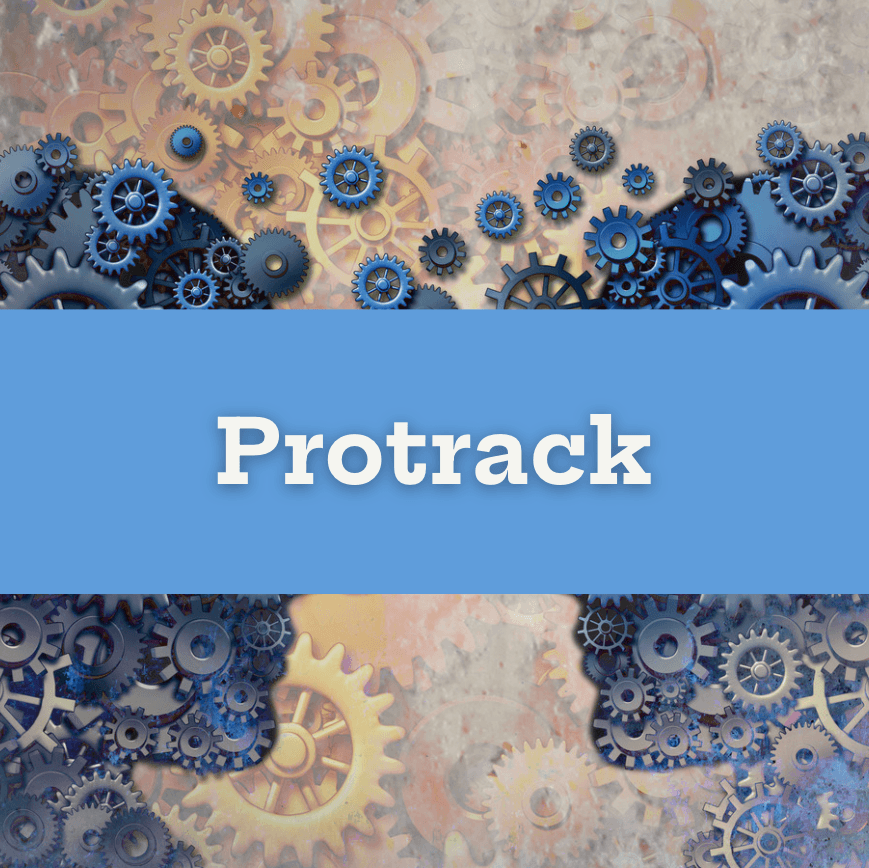In this episode of the Write Your Screenplay podcast, we compare and contrast two spine-chilling hits: Oz Perkins’ Longlegs and Ari Aster’s Hereditary.
We’ll start by dissecting the power of a great first image. You’ll learn how both Longlegs and Hereditary use framing techniques to immediately set the tone and play with our perceptions. It’s not just about what we see, but what we don’t see that keeps us on the edge of our seats.
We’ll dive deep into the psychological complexities of these films, showing how Longlegs starts strong but stumbles when it breaks away from its main character’s perspective. It’s a masterclass in maintaining tension and avoiding the dreaded “spoon-feeding” of information to the audience.
We’ll learn about the importance of clear, human motivations – even for our villains, and understand the ways Hereditary succeeds where Longlegs falters, by giving every character, no matter how twisted, a relatable want. It’s not just about creating monsters; it’s about creating monsters we can understand.
We’ll explore the intriguing theory that Longlegs might be an allegory for childhood sexual abuse, showing how subtext and metaphor can add layers of meaning to a horror story. And we’ll also learn why the execution of the screenplay for Longlegs loses sight of its theme in ways that Hereditary doesn’t, by getting lost in convoluted plot elements that don’t serve the core theme.
You’ll also learn how more about the “bones” on which the screenplay for Longlegs is built, other classic thrillers like Seven and The Silence of the Lambs, demonstrating how these films maintain focus on their main characters’ journeys, even amidst the most gruesome plot twists.
The takeaway? Whether you’re crafting a blood-curdling horror, a heart-pounding action flick, or a tear-jerking drama, it all comes down to one simple rule: know what your characters want. It’s this fundamental principle that keeps your story focused, your audience engaged, and your themes resonant.
Lessons from this podcast cover:
• The importance of the first image in screenwriting
• Character perspective and point of view in scripts
• Psychological complexity in horror screenplays
• Balancing exposition and experience in storytelling
• Character motivation in genre films
• Simplifying complex themes in screenwriting
• Metaphor and allegory in horror scripts
• Character wants and desires in screenplays
• Comparing and contrasting successful films for writing insights
• Theme development in horror screenplays
• Avoiding clichés in genre writing
• Creating unreliable narrators in scripts
• Balancing mystery and revelation in storytelling
• Crafting compelling villains in screenplays
• Streamlining plot elements in horror scripts
So, whether you’re the next Ari Aster or Oz Perkins in the making, this podcast is your ticket to crafting horror that goes beyond the jump scares. It’s about creating stories that dig into the human psyche, play with perspective, and leave your audience questioning long after the monster’s been defeated. Tune in, take notes, and prepare to take your screenwriting to spine-tingling new heights!

Join Jake for free every Thursday night at Thursday Night Writes, RSVP here and check all of our classes!








